Home>Gardening & Outdoor>Landscaping Ideas>How To Fix Tire Marks In Grass
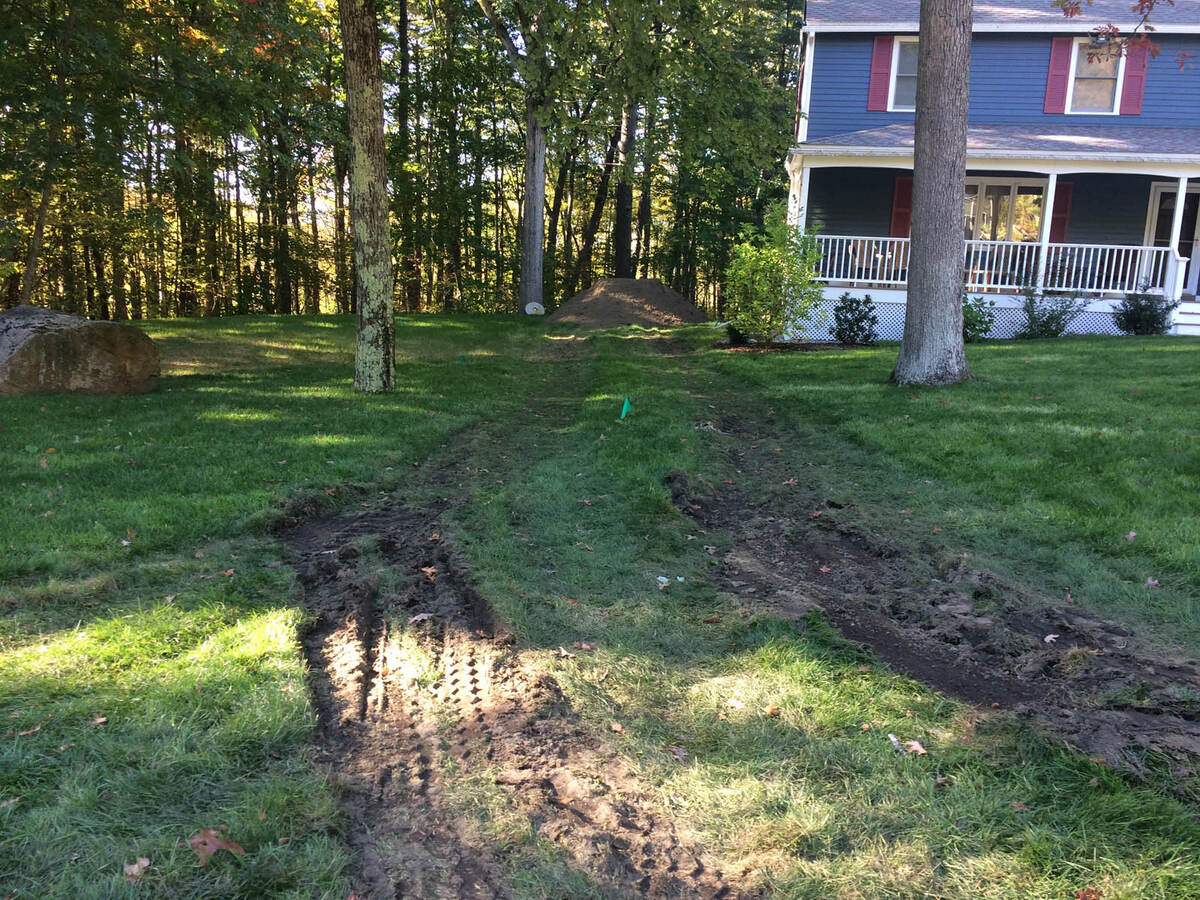

Landscaping Ideas
How To Fix Tire Marks In Grass
Modified: March 19, 2024
Learn effective landscaping ideas to fix tire marks in grass and restore the beauty of your lawn. Discover practical solutions for repairing and preventing tire damage.
(Many of the links in this article redirect to a specific reviewed product. Your purchase of these products through affiliate links helps to generate commission for Storables.com, at no extra cost. Learn more)
Introduction
Maintaining a lush, green lawn is a source of pride for many homeowners. However, the unsightly presence of tire marks on the grass can quickly diminish the visual appeal of your outdoor space. Whether they are the result of a heavy vehicle parked on the lawn, a lawnmower mishap, or any other reason, tire marks can be a cause for concern. Fortunately, there are effective ways to address and prevent these marks, restoring your lawn to its former glory.
In this comprehensive guide, we will delve into the various methods for fixing tire marks in grass, as well as explore preventative measures to keep your lawn looking pristine. Additionally, we will discuss the tools and materials needed for these tasks, ensuring that you are well-equipped to tackle this common landscaping issue. By understanding the causes of tire marks and implementing the right solutions, you can maintain a vibrant and healthy lawn that enhances the overall beauty of your property.
Let's embark on this journey to revive your grass and equip you with the knowledge to prevent future tire marks from detracting from the natural splendor of your outdoor space.
Key Takeaways:
- Say goodbye to tire marks on your grass by using a garden rake, topdressing mix, grass seed, and organic fertilizer. Water thoroughly and compact the soil for a lush, revitalized lawn.
- Prevent tire marks in your grass by creating designated parking areas, installing pathways, and communicating guidelines. Regular lawn maintenance and monitoring soil moisture levels are key to preserving your lawn’s beauty.
Read more: How To Fix Tire Ruts In Grass
Understanding Tire Marks in Grass
Tire marks on grass can be a frustrating sight for any homeowner who takes pride in their lawn. These marks are typically caused by the weight and pressure exerted by vehicles, lawnmowers, or other heavy equipment on the grass, resulting in visible indentations and damage. The impact of these tire marks goes beyond mere aesthetics, as the underlying grass and soil structure can also suffer, potentially leading to compaction and hindering healthy growth.
Understanding the nature of tire marks is crucial in devising effective solutions. When a heavy object, such as a vehicle, drives or parks on the grass, the weight compresses the soil and grass blades underneath, leading to the formation of unsightly tracks. In addition to the immediate visible damage, this compaction can impede the flow of air, water, and nutrients to the grassroots, hindering their ability to thrive.
It’s important to note that the severity of tire marks can vary based on factors such as the type of grass, soil condition, and the weight of the vehicle or equipment. For instance, softer grass varieties may show tire marks more prominently, while compacted or clay-heavy soils are particularly susceptible to lasting damage.
By gaining insight into the causes and effects of tire marks in grass, homeowners can take proactive steps to address and prevent this issue, ensuring the long-term health and beauty of their lawns. Armed with this understanding, you can confidently explore the methods and tools needed to rectify tire marks and safeguard your grass against future damage.
Tools and Materials Needed
When it comes to addressing tire marks in grass, having the right tools and materials at your disposal is essential for achieving effective results. Here are the key items you will need to rectify tire marks and restore your lawn to its pristine state:
- Garden Rake: A sturdy garden rake is indispensable for loosening and aerating the compacted soil within the tire marks. This tool will help break up the soil, allowing for improved airflow and water absorption.
- Topdressing Mix: A high-quality topdressing mix, comprising compost, sand, and soil, can be used to fill in the tire marks and promote healthy grass growth. This mix provides essential nutrients and aids in leveling the damaged areas.
- Grass Seed: Opt for grass seed that matches the existing lawn variety to effectively fill in the repaired areas. The seed should be compatible with your region’s climate and soil conditions for optimal results.
- Watering Can or Hose: Adequate watering is crucial for the recovery of the repaired areas. A watering can or hose with a gentle spray attachment will facilitate the even distribution of water without disturbing the newly applied materials.
- Roller: A lawn roller can be utilized to compact the topdressing mix and grass seed into the repaired areas, ensuring good soil contact for successful germination and growth.
- Shovel or Spade: These tools are valuable for carefully removing any excess soil or debris from the tire marks before the repair process begins, providing a clean and even surface for restoration.
- Organic Fertilizer: An organic fertilizer rich in essential nutrients can support the recovery and rejuvenation of the repaired areas, promoting robust grass growth and vitality.
By assembling these tools and materials, you will be well-equipped to tackle tire marks in your grass effectively, facilitating the restoration of your lawn’s natural beauty and health.
To fix tire marks in grass, gently rake the area to lift the flattened grass. Then, sprinkle grass seed and lightly water the area. Keep the area moist until the new grass grows in.
Methods for Fixing Tire Marks in Grass
Rectifying tire marks in grass requires a systematic approach to restore the affected areas and promote healthy regrowth. By employing the following methods, you can effectively address the damage caused by tire marks and revitalize your lawn:
- Loosen the Compacted Soil: Utilize a garden rake to gently loosen the compacted soil within the tire marks. This process helps improve soil aeration and prepares the ground for the application of topdressing mix and grass seed.
- Apply Topdressing Mix: Evenly distribute a topdressing mix comprising compost, sand, and soil over the repaired areas. This mix provides essential nutrients and aids in leveling the damaged sections, promoting healthy grass growth.
- Seed the Repaired Areas: Sow grass seed that matches the existing lawn variety within the repaired tire marks. Ensure that the seed is compatible with your region’s climate and soil conditions for optimal germination and growth.
- Water Thoroughly: After applying the topdressing mix and grass seed, thoroughly water the repaired areas using a gentle spray attachment on a watering can or hose. Adequate moisture is crucial for the successful germination and establishment of the new grass seed.
- Compact the Soil: Use a lawn roller to gently compact the topdressing mix and grass seed into the repaired areas, ensuring good soil contact for optimal growth. This step promotes the establishment of the new grass and aids in the seamless integration of the repaired sections with the existing lawn.
- Apply Organic Fertilizer: Once the grass begins to establish itself, consider applying an organic fertilizer rich in essential nutrients to support its growth and vitality. This step contributes to the overall health and resilience of the repaired areas.
By diligently following these methods, homeowners can effectively address tire marks in their grass, fostering the rejuvenation and revitalization of their lawns. It’s important to exercise patience and provide the necessary care and maintenance to ensure the successful recovery of the repaired areas.
Preventing Tire Marks in Grass
While addressing existing tire marks in grass is essential, implementing preventive measures can significantly reduce the likelihood of future damage, preserving the health and beauty of your lawn. By adopting the following strategies, homeowners can proactively safeguard their grass from unsightly tire marks:
- Designated Parking Areas: Establish clearly defined parking areas using materials such as gravel, pavers, or concrete to direct vehicles away from the grass. This helps minimize the risk of tire marks caused by vehicle parking and maneuvering.
- Install Pathways: Create designated pathways using stepping stones, pavers, or mulch to guide foot traffic and prevent unnecessary trampling of the grass. Well-defined pathways discourage individuals from walking or driving across the lawn, reducing the potential for tire marks.
- Regular Lawn Maintenance: Maintain a consistent lawn care routine, including mowing, watering, and aerating, to promote healthy grass growth and resilience. A well-maintained lawn is better equipped to withstand the impact of foot traffic and occasional vehicle movement.
- Use Lawn Protection Products: Explore the use of specialized lawn protection products, such as plastic or rubber mats, to distribute the weight of vehicles and equipment, minimizing the risk of tire marks and compaction. These products can be strategically placed in high-traffic areas to mitigate potential damage.
- Communicate Guidelines: Clearly communicate guidelines to family members, guests, and service providers regarding the appropriate areas for parking and movement on the lawn. By raising awareness and setting expectations, you can reduce the occurrence of unintentional tire marks.
- Monitor Soil Moisture Levels: Keep a close eye on soil moisture levels, especially during periods of heavy rainfall or prolonged dry spells. Adequate soil moisture can enhance the grass’s resilience and reduce the susceptibility to compaction from vehicle or equipment weight.
By integrating these preventive measures into your lawn care practices, you can minimize the risk of tire marks and preserve the pristine appearance of your grass. Proactive planning and thoughtful maintenance play a pivotal role in protecting your lawn from unnecessary damage and ensuring its long-term vitality.
Read more: How To Get Rid Of Tire Marks On Driveway
Conclusion
Addressing tire marks in grass is a fundamental aspect of maintaining a vibrant and healthy lawn. By understanding the causes of tire marks and implementing effective solutions, homeowners can revitalize their grass and prevent future damage, ensuring a visually appealing outdoor space. The methods for fixing tire marks, coupled with proactive preventive measures, offer a comprehensive approach to safeguarding the integrity of your lawn.
Equipped with the right tools and materials, homeowners can embark on the journey to restore their grass, fostering healthy regrowth and seamless integration of repaired areas with the existing lawn. From loosening compacted soil to carefully seeding and watering the repaired sections, each step contributes to the successful recovery of the affected areas. Additionally, the application of organic fertilizer supports the overall health and resilience of the grass, promoting long-term vitality.
Preventive measures, such as establishing designated parking areas, creating pathways, and communicating guidelines, play a pivotal role in minimizing the risk of future tire marks. By proactively addressing potential sources of damage and promoting responsible lawn use, homeowners can preserve the natural beauty of their grass and reduce the need for extensive repairs in the future.
Ultimately, the commitment to regular lawn maintenance, thoughtful planning, and proactive care empowers homeowners to enjoy a lush, green lawn that serves as a source of pride and enjoyment. By embracing the strategies outlined in this guide, individuals can navigate the challenges of tire marks in grass with confidence, nurturing a resilient and visually stunning outdoor environment for years to come.
With a blend of effective repair methods and proactive prevention, homeowners can take the necessary steps to maintain a pristine lawn, free from the unsightly impact of tire marks. Embracing these strategies fosters a harmonious balance between practical lawn care and the preservation of natural beauty, creating an inviting outdoor space for relaxation, recreation, and cherished moments with family and friends.
Frequently Asked Questions about How To Fix Tire Marks In Grass
Was this page helpful?
At Storables.com, we guarantee accurate and reliable information. Our content, validated by Expert Board Contributors, is crafted following stringent Editorial Policies. We're committed to providing you with well-researched, expert-backed insights for all your informational needs.
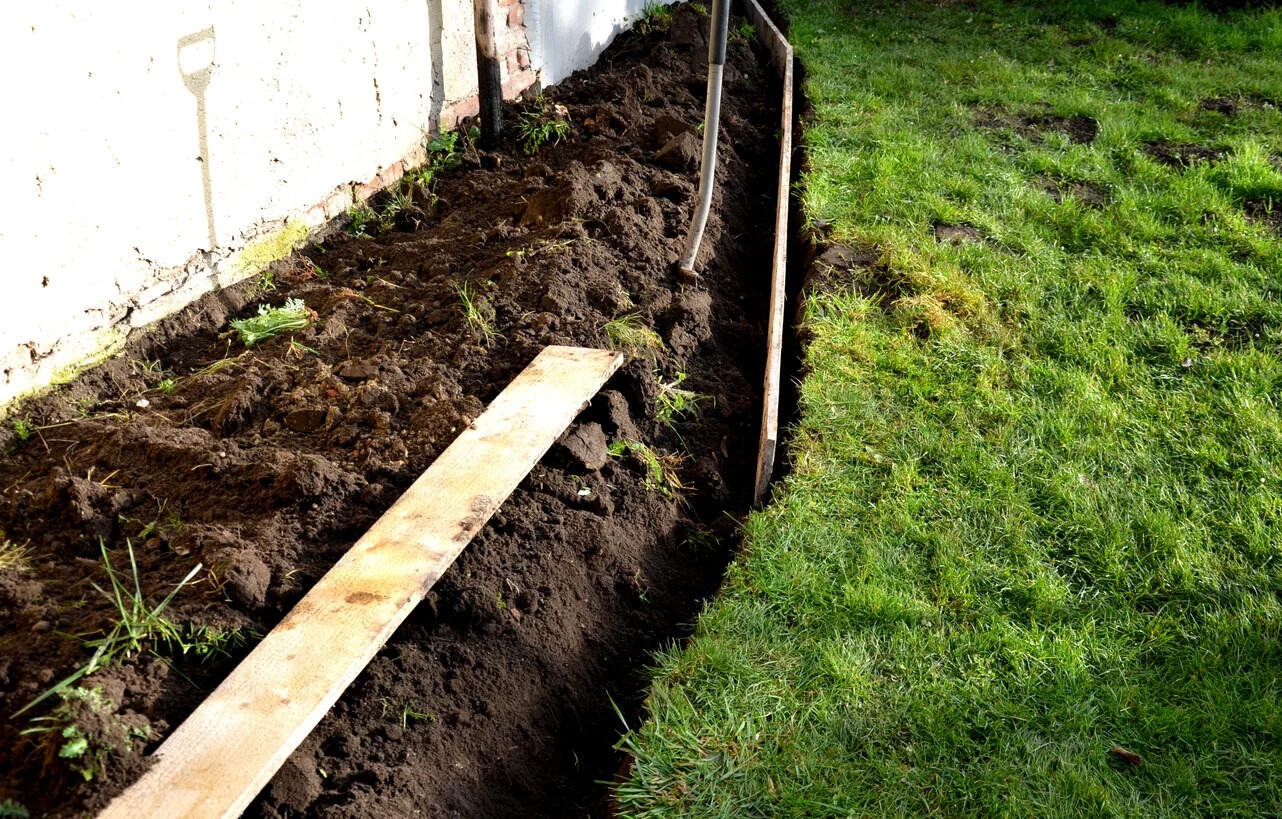
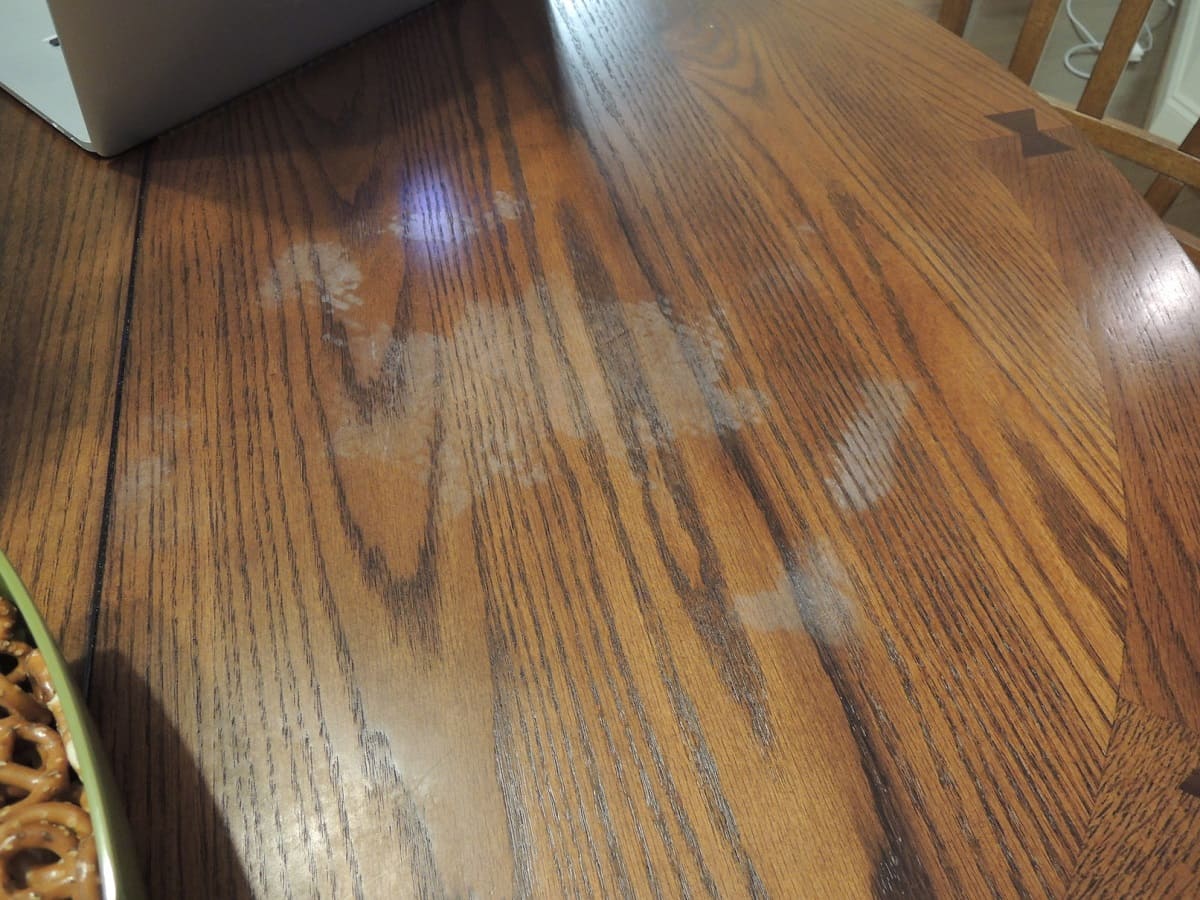
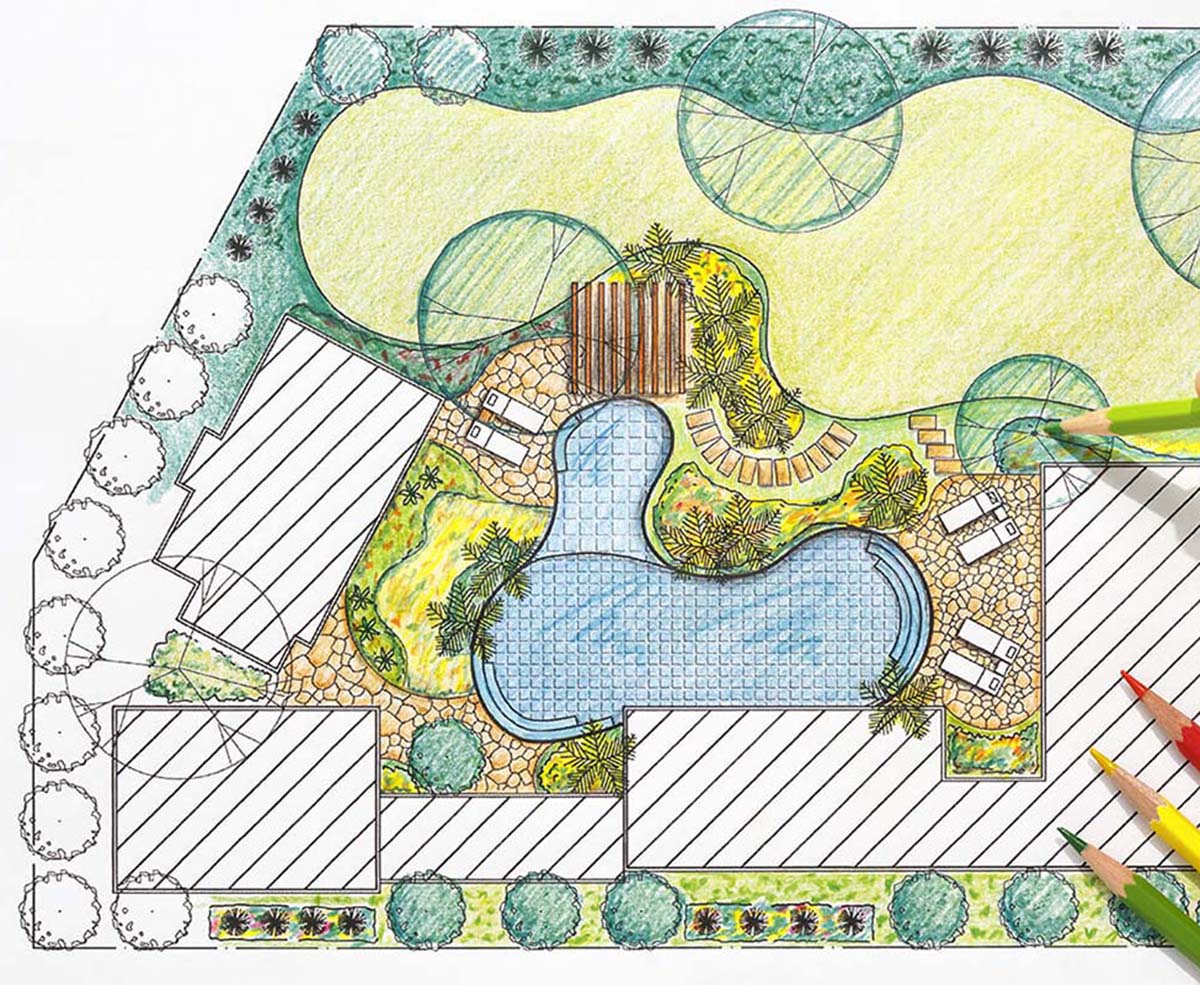

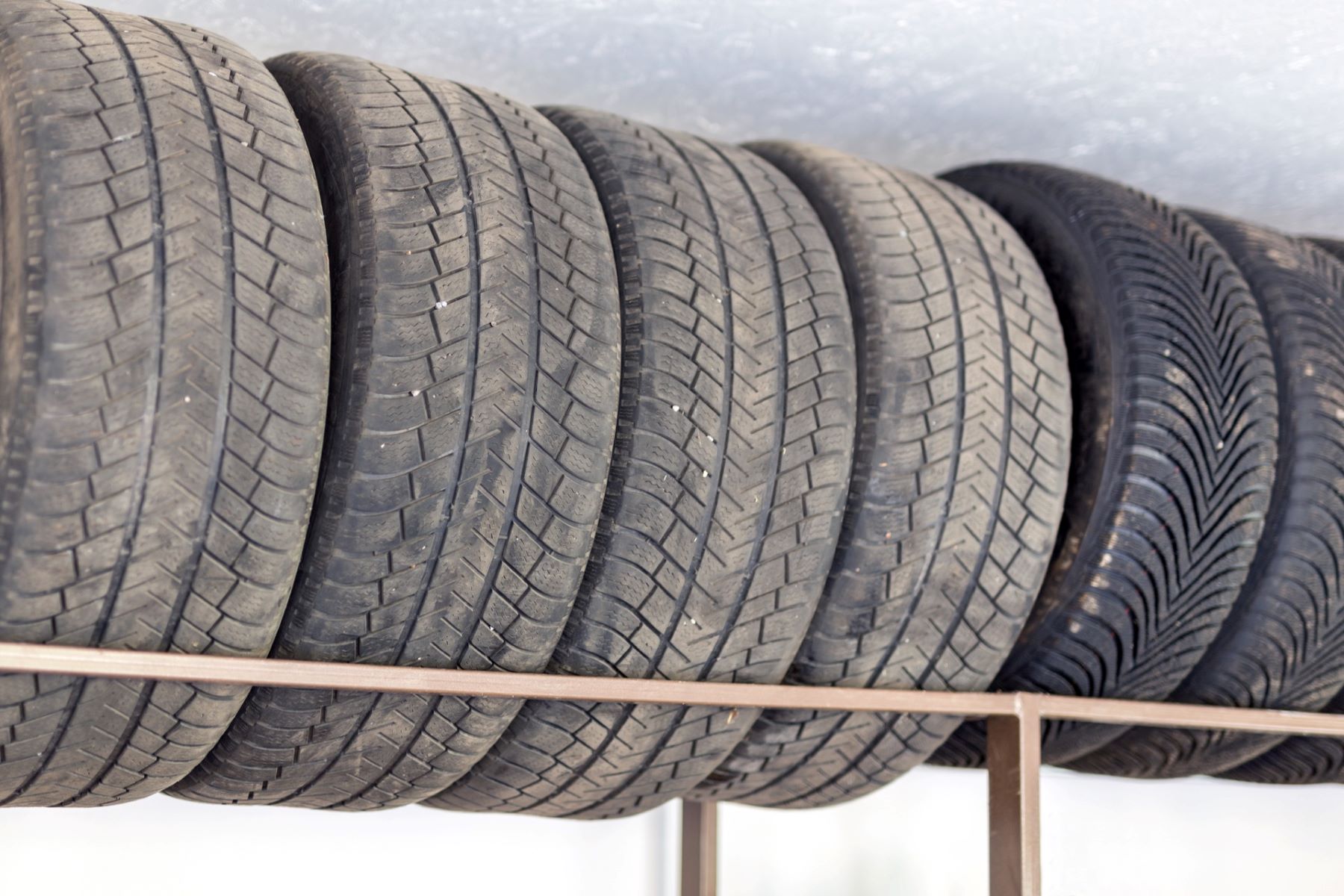
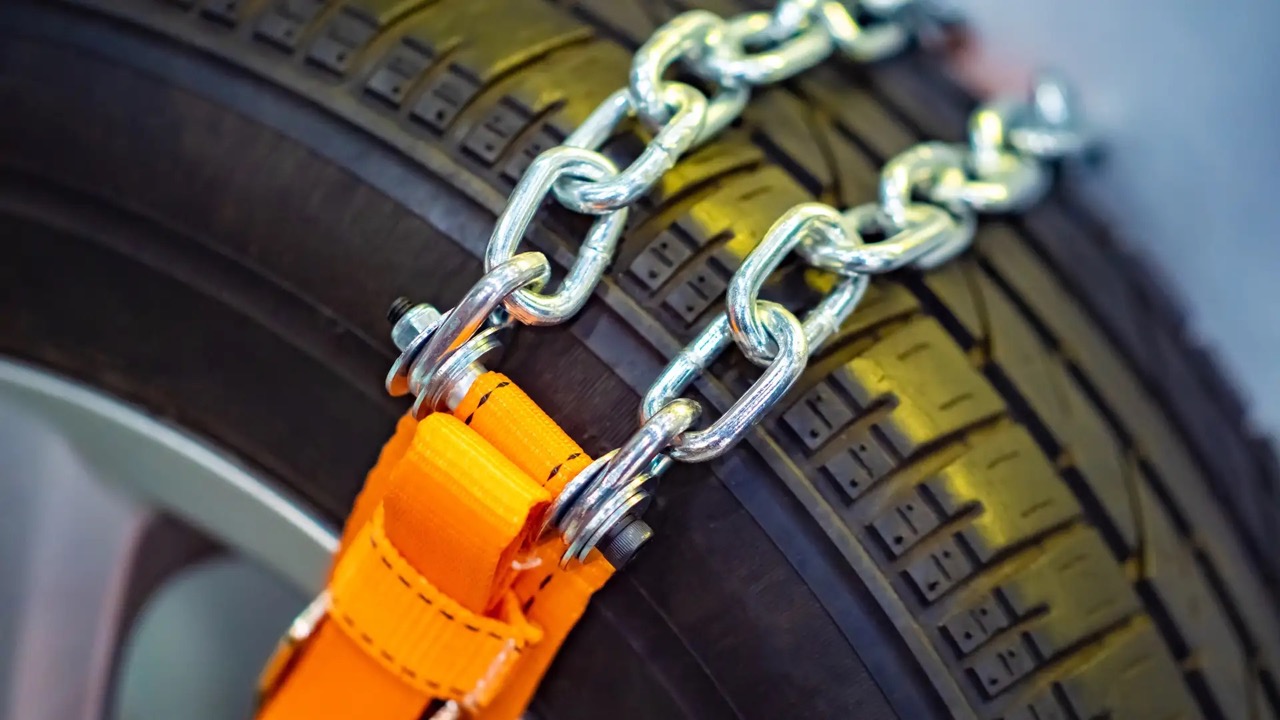


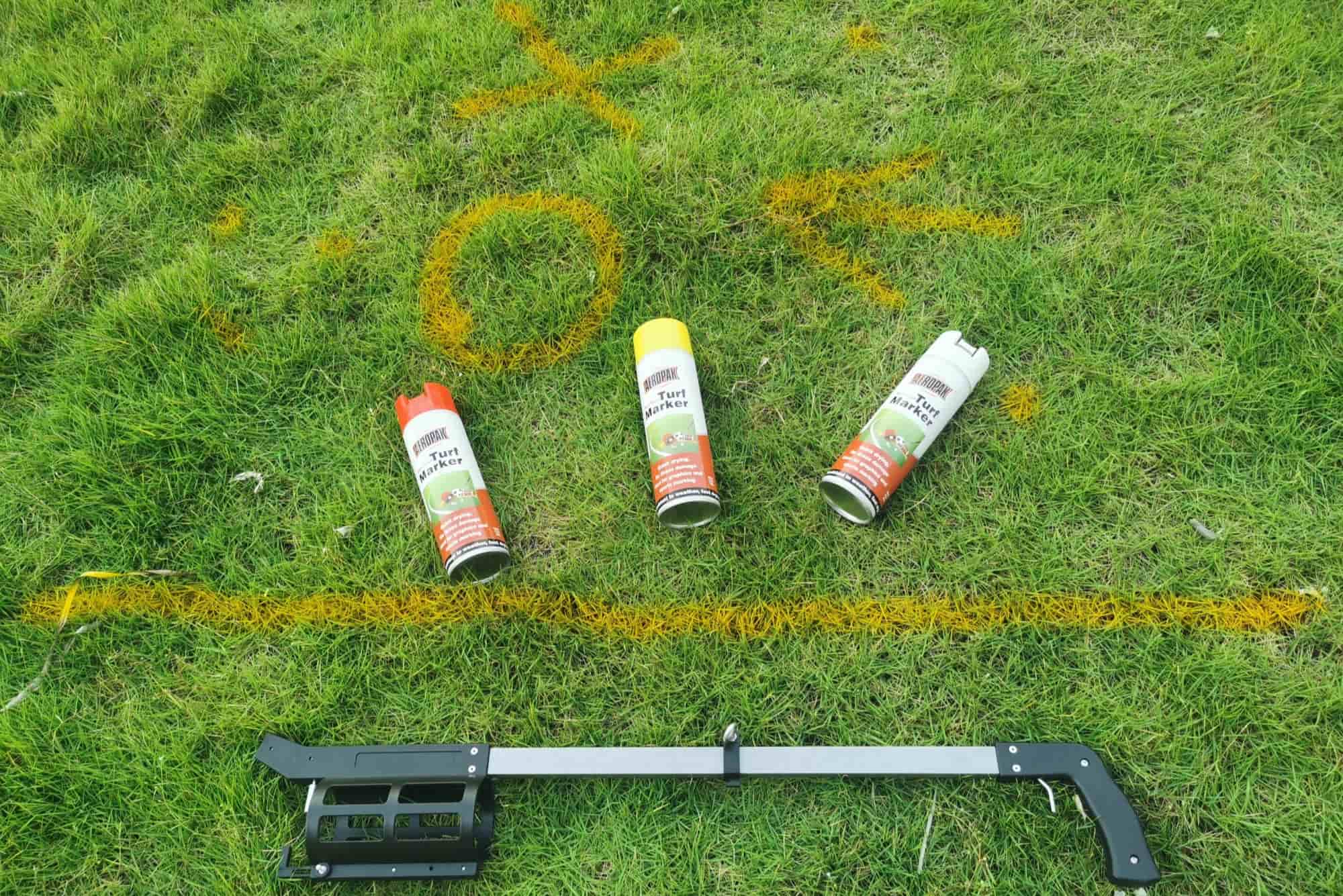
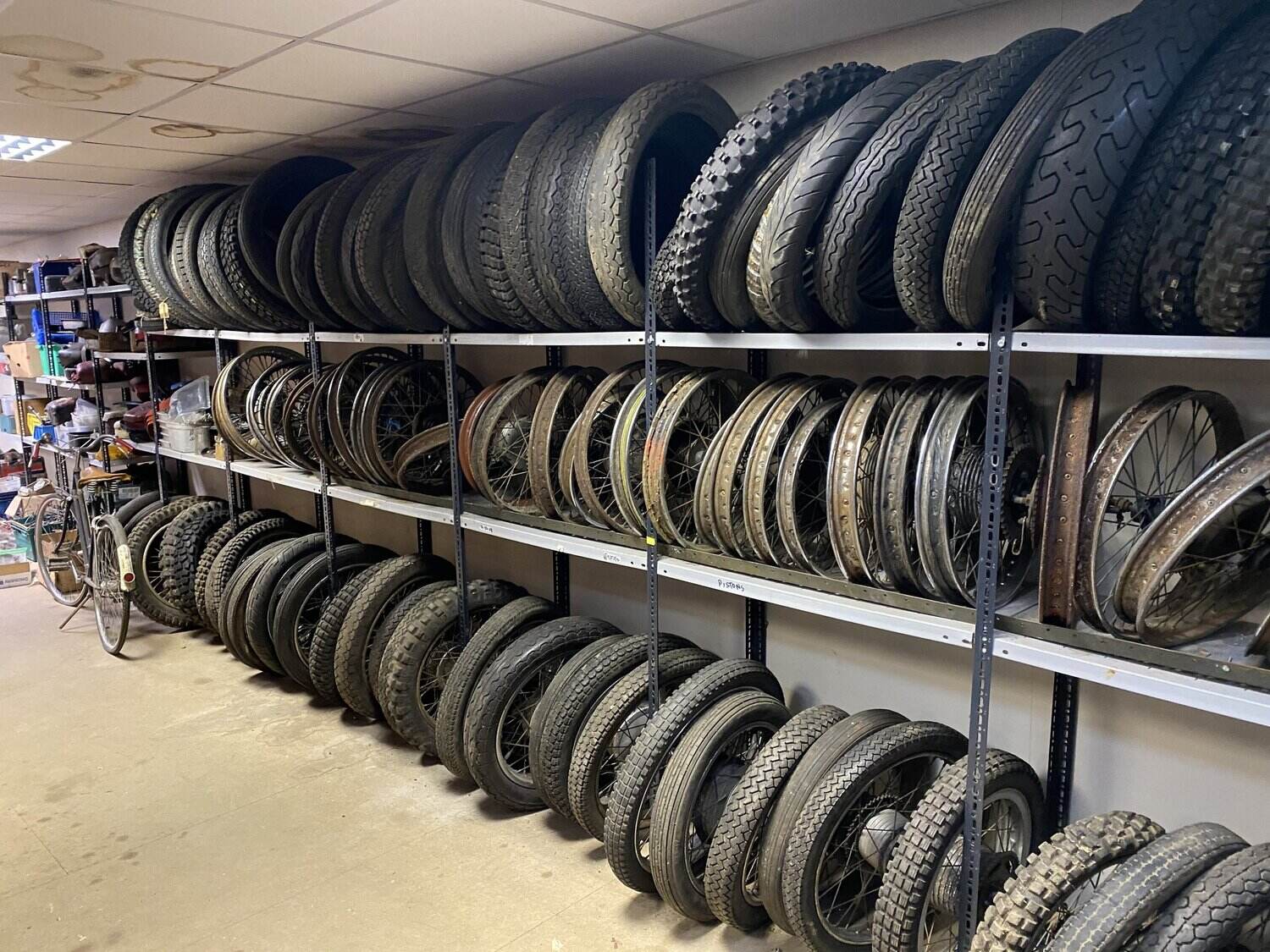

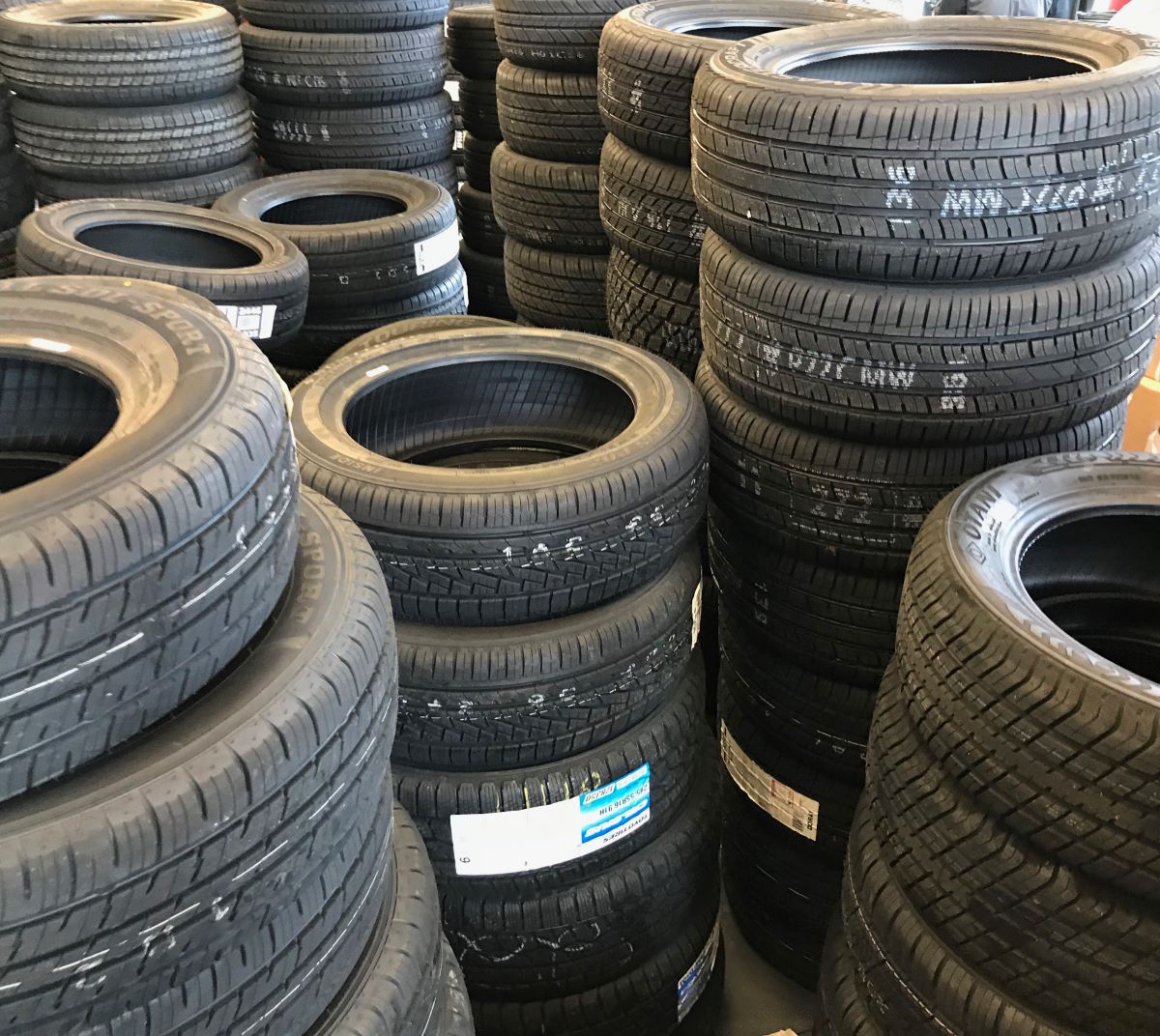

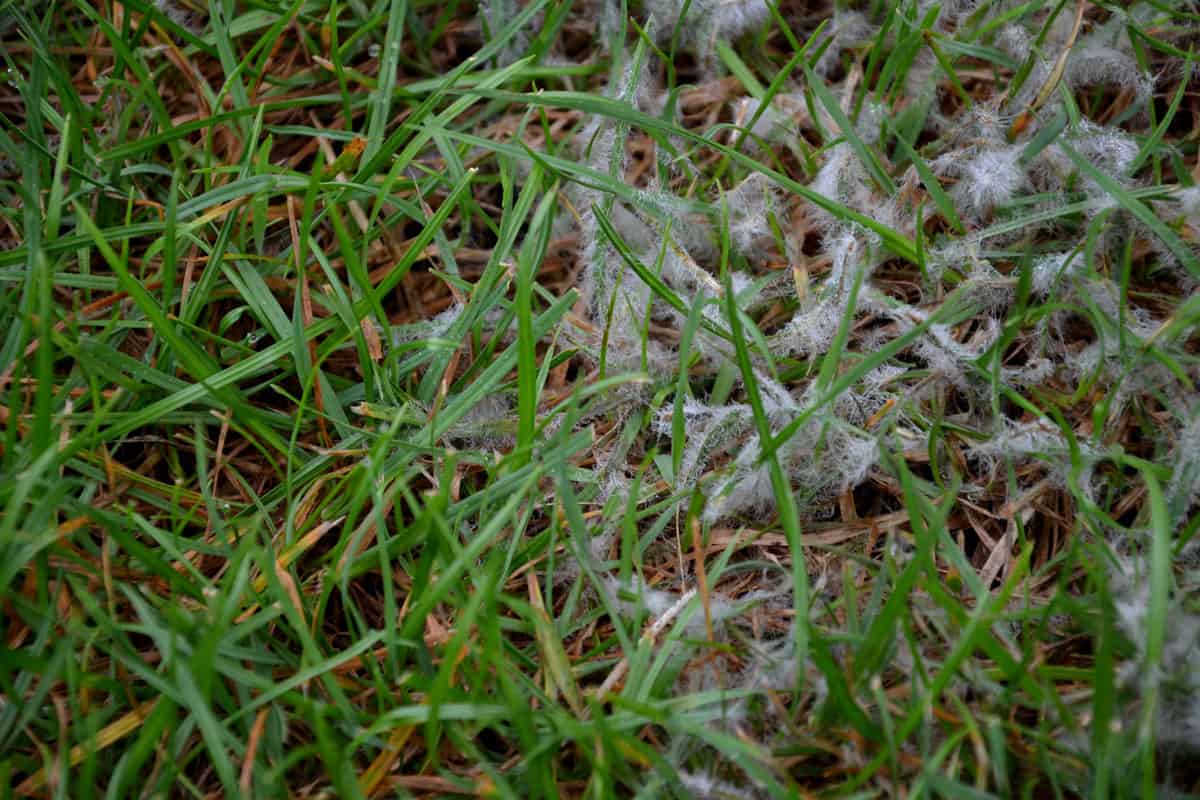

0 thoughts on “How To Fix Tire Marks In Grass”